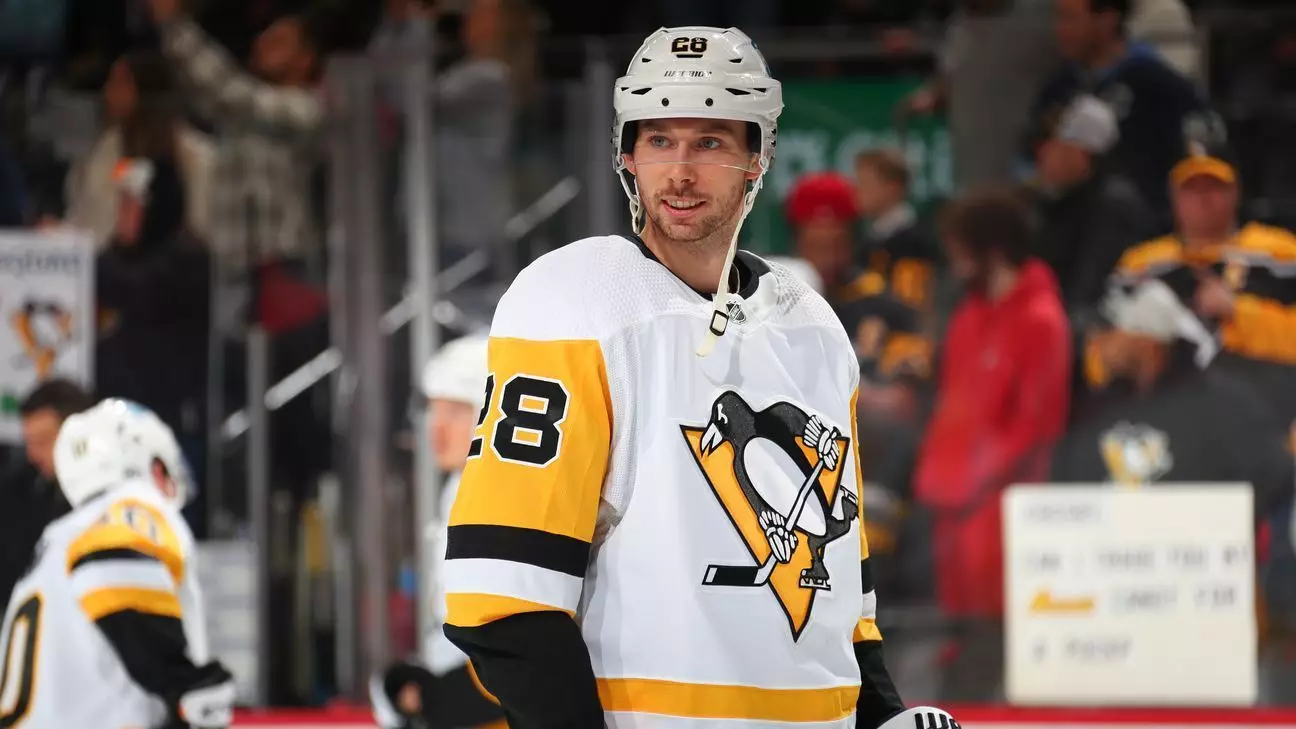The Vancouver Canucks have taken significant strides to revamp their roster, signaling their intentions for both the present and future in the NHL. The team recently made a noteworthy trade with the Pittsburgh Penguins, acquiring defenseman Marcus Pettersson and forward Drew O’Connor in exchange for a package centering around a first-round pick. This pick, which originally belonged to the New York Rangers as part of the J.T. Miller trade, could potentially redefine the Canucks’ draft strategy depending on how the Rangers perform in the 2025 season.
The Canucks’ decision to engage in this trade reflects a broader strategy aimed at recalibrating their competitive edge in the league. By acquiring Pettersson and O’Connor, both of whom are unrestricted free agents by season’s end, Vancouver not only adds immediate talent but also retains flexibility for future roster decisions. General Manager Patrik Allvin expressed optimism about the trade, highlighting the importance of enhancing team depth, especially as the Canucks look to compete in an increasingly challenging divisional landscape.
Pettersson’s experience and skills stand out. At 28 years old, he boasts a solid two-way game, essential for any playoff-bound team. With 18 points in 47 games this season and significant average ice time, Pettersson has proven his capability to perform under pressure, often pairing with elite talents like Erik Karlsson. His presence could add stability to a Canucks’ defense that requires bolstering to support aspiring playoff runs.
Drew O’Connor, on the other hand, brings versatility that can be crucial for a team looking to fill specific roles. Although he has spent most of this season on the Penguins’ lower lines, his tenacity and proven ability to chip in with points could prove invaluable for the Canucks. With six goals and ten assists this season, O’Connor’s forechecking ability adds another layer of depth to Vancouver’s forward ranks, which is something they have sought through this trade period.
While O’Connor’s stats may not dazzle at first glance, his high-impact style of play could translate well, especially in a franchise environment that prioritizes player development and system adaptability. He could potentially find a more prominent role in Vancouver than he had in Pittsburgh, providing him with a platform to showcase his skills to a broader audience.
The trade required the Canucks to part ways with forward Danton Heinen and defenseman Vincent Desharnais, two players who had contributed to Vancouver’s lineup, in addition to the rights to young forward Melvin Fernstrom. Heinen, a known commodity, was a steady presence before this trade, and his move to Pittsburgh could enrich the Penguins’ approach as they too retool their roster. Meanwhile, Desharnais, at 6-foot-7, brings size and physicality, which might aid the Penguins in their quest for defensive solidity.
Both teams have aspirations for this transaction, but the conditional aspect of the first-round pick heading to Pittsburgh adds an intriguing dimension. If the Rangers miss the playoffs and their pick lands outside the top 13, the Canucks relinquish an unprotected pick in 2026, which could become pivotal as the draft landscape deepens in the coming years.
As the Canucks move into the final stretch of the season, the ramifications of this trade extend beyond immediate statistics. With the franchise seeing a flurry of activity, including the earlier acquisition of players in the Miller trade with the Rangers, Vancouver is clearly aiming to construct a more balanced and competitive roster. This ambition is underscored by the coaching staff’s adjustments following their recent loss to the Dallas Stars after the Miller trade, highlighting the necessity for continuous improvement and adaptation.
The Vancouver Canucks are fortifying their team with calculated moves that reflect a strategic approach to both the present and future. Acquiring players like Pettersson and O’Connor adds not just talent, but also the potential for growth and development within a framework aimed at sustained success in the highly competitive NHL landscape. The subsequent performances and integration of these players into the Canucks’ system will be a critical barometer of their effectiveness and the team’s aspirations as a whole.

